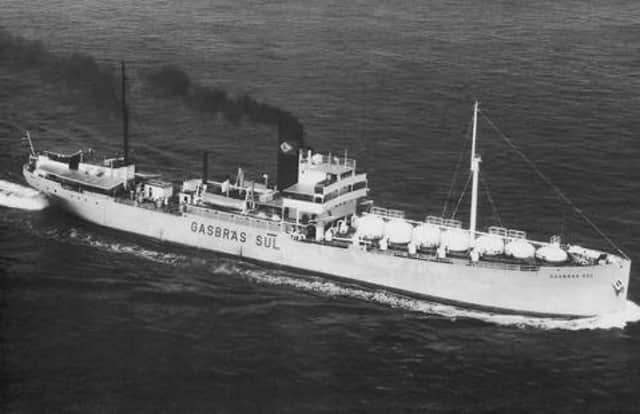ON THE WATERFRONT: Philanthropist who launched long-forgotten Wear shipyard


Millionaire, Sir John became Sunderland’s top philanthropist, donating many thousands of pounds to good causes. Besides shipbuilding, he was extensively involved in other business interests, including shipping, water utilities, coal mining, iron and steel, and investment in goldmines.
Born at Bishop Auckland in 1855, he took an active part in civic life, being a member of numerous public bodies and chairing the old Southwick Urban District Council for over 20 years.
Advertisement
Hide AdAdvertisement
Hide AdHe would be knighted in 1923 and conferred with a baronetcy in 1934.
Originally serving his apprenticeship with John Blumer and Co at North Dock, he later became chief draughtsman at William Pickersgill and Sons.
In 1882, he established his shipyard at Southwick on the site of John G Gulston’s abandoned yard. His first launch was that of the 817 gross tons iron-hulled steamer Troutbeck, built for Newcastle-based Fisher, Renwick and Co.
By 1933, Priestman’s had launched 299 vessels but it was in that year that the death knell was sounded for the yard against a setting of depression in shipping, shipbuilding and allied industries, coupled with closure of some Wearside yards.
Advertisement
Hide AdAdvertisement
Hide AdWhat was to be Priestman’s final launch took place on May 12, 1933 as crowds watched the launch of a 2,450 gross-ton cargo steamer.
Launched without a name and remaining unsold, the 324-foot vessel had been on the stocks since 1931 due to her original Norwegian buyers defaulting on the contract.
Nevertheless, the magnanimous Sir John continued with the order to keep his men employed. For several years, she was known as “No. 299,” after her yard number.
Supplied and fitted with triple-expansion steam engines by George Clark Ltd of Southwick, 299 remained idle until 1936, when she was bought by A/S Sobral of Oslo for £50,000 and named Rio Novo. She left the Wear for Freetown, Sierra Leone on February 5, 1937.
Advertisement
Hide AdAdvertisement
Hide AdIn 1949, she was converted to a LPG tanker in the USA, later being renamed Ultragaz, then Gasbras Sul and Mundogas Sul. She was scrapped at Rio de Janeiro in 1967.
In 1943, Priestman’s yard had been remodelled and reopened as William and Pickersgill and Sons Ltd’s West Yard.